When it comes to gardening, there are a lot of different products on the market that can help you get the most out of your plants. Two such products are Tomato Tone and Garden Tone. So, what’s the difference between these two products? And which one is right for you? This blog post will take a closer look at Tomato Tone and Garden Tone and compare them head-to-head!
What is a tone as a plant food used for?
Tone as plant food is used to provide essential nutrients to plants and help them grow healthy and strong. The main purpose of using Tone is to provide the necessary macro- and micronutrients that plants need to stay healthy, such as nitrogen, phosphorus, potassium, calcium, magnesium, sulfur, and iron. These nutrients are usually combined with other ingredients like trace minerals and organic material which helps with disease prevention in addition to promoting growth.
Overall, Tone as a plant food can be used to improve the overall health of your garden plants, helping them to reach their full potential in terms of growth, fruit production, and resistance against pests and diseases. It helps provide essential nutrients for root growth and soil fertility which are necessary for strong healthy plants. With regular use of Tone as plant food, your garden will remain lush and vibrant throughout the season [1].
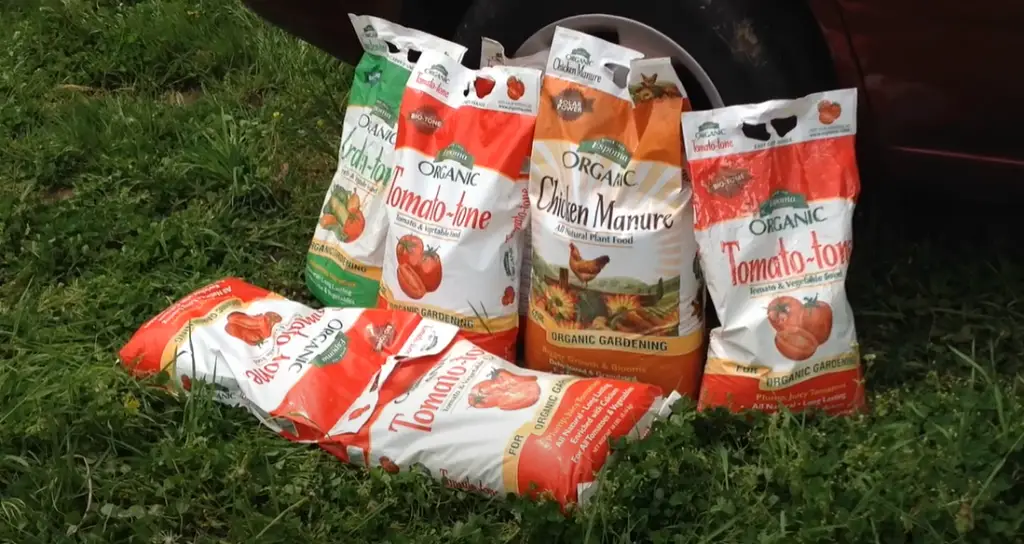
Garden Tone vs. Tomato Tone: Formulation and Applications
Ingredients of Garden Tone and Tomato Tone
Garden Tone and Tomato Tone are two popular garden soil additives, each formulated with natural ingredients to improve the health of your plants. Garden Tone is a granular blend of processed poultry litter, humates, sulfate of potash, feather meal, kelp meal, gypsum, and trace elements. The organic matter helps retain moisture in dry seasons and builds soil structure over time. Tomato Tone also contains many of the same ingredients as Garden Tone but is designed for tomato growing specifically. It contains calcium carbonate in addition to the other ingredients that help promote strong root development and protect against blossom end rot.
Functions of Garden Tone and Tomato Tone
Garden Tone and Tomato Tone are used for different gardening applications. Garden Tone helps improve soil structure by providing a foundation of organic matter that helps hold moisture and increase airflow to the roots of plants. It also adds essential nutrients, including nitrogen, sulfur, and potassium, to help your plants flourish.
Tomato Tone specifically works to prevent blossom end rot in tomatoes by providing calcium in an easily-available form. Both products can be used to amend garden beds before planting or added directly into the soil around established plants when additional nutrients are needed [2].
Pros and Cons of Garden Tone and Tomato Tone
Both Garden Tone and Tomato Tone have their advantages and disadvantages as garden soil additives. Garden Tone is more affordable than many other commercial fertilizers, and it helps increase the organic matter content in your soil. On the downside, Garden Tone does not contain high levels of nitrogen or phosphorus, so you may need to supplement these nutrients with a separate fertilizer.
Overall, both Garden Tone and Tomato Tone can be great additions to any garden soil that needs additional nutrients or organic matter to support healthy plant growth. The decision between them will depend on specific gardening needs and budget considerations.
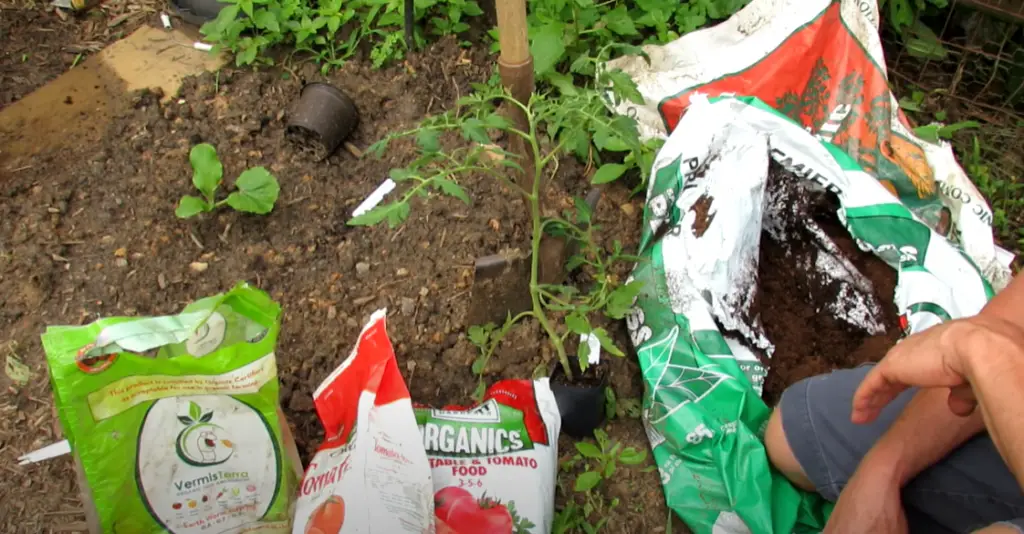
When and How To Apply Garden Tone?
Garden Tone should be applied during the spring and summer months when plants are actively growing. Before applying Garden Tone, test your soil to get an accurate nutrient profile and understand what nutrients may be needed for healthy plant growth.
To apply Garden Tone, mix it into the top few inches of soil around the base of each plant or spread it on garden beds before planting. If possible, water lightly after application and then allow natural rainwater to activate it in the soil. Garden Tone can also be used as a side-dressing throughout the growing season if additional nutrients are needed. It is important not to overapply Garden Tone as this can lead to fertilizer burn and damage plants.
When and How To Apply Tomato Tone?
Tomato Tone should be applied when tomatoes are actively growing. Like Garden Tone, it is important to test your soil before applying Tomato Tone to get an accurate nutrient profile and understand what nutrients may be needed for healthy tomato growth.
To apply Tomato Tone, mix it into the top few inches of soil around the base of each plant or spread it on garden beds before planting. Water lightly after application and then allow natural rainwater to activate it in the soil. Tomato Tone can also be used as a side-dressing throughout the growing season if additional calcium is needed. It is important not to overapply Tomato Tone as too much calcium can damage plants.
How do Garden Tone and Tomato Tone Differ From Other Fertilizers?
Garden Tone and Tomato Tone differ from other fertilizers in several ways. Firstly, both Garden Tone and Tomato Tone are specifically formulated for gardens and tomatoes respectively, meaning that they provide the exact nutrients needed to grow healthy vegetables. Secondly, these products are composed entirely of organic ingredients such as alfalfa meal, feather meal, sulfate of potash, mined potassium sulfate, bone meal, and kelp meal-all of which are derived from natural sources.
Finally, unlike many other chemical fertilizers available on the market today, Garden Tone and Tomato Tone do not contain nitrates or phosphates which can cause damage to the environment if overused. These two products are perfect for gardeners looking to use an eco-friendly fertilizer that is sure to create abundant and delicious vegetables.
In addition to their organic ingredients, Garden Tone and Tomato Tone are relatively easy to use for beginner gardeners as well. Both products come in a pre-measured “tea bag” form which can be simply dropped into the water and allowed to dissolve before being used on gardens or tomatoes. This makes the process of fertilizing much easier than with other chemical alternatives, while still providing the same great results. Furthermore, both Garden Tone and Tomato Tone require minimal maintenance throughout the growing season, meaning they won’t need to be reapplied after every watering like some other types of fertilizer [3].
Are Garden Tone and Tomato Tone Interchangeable?
Garden Tone and Tomato Tone are not interchangeable. Garden Tone is a special blend of nutrients specifically designed for vegetable gardens. It contains trace elements like boron and iron, which are essential for healthy vegetable growth. Tomato Tone also has some trace elements that can help tomato plants grow, but its primary purpose is to increase the flavor of tomatoes and other fruits by providing them with additional calcium and magnesium. Therefore, while they both have benefits, they are best used in different circumstances.
Garden Tone should be applied to vegetable gardens before planting to give plants the right amount of nutrients; Tomato Tone should be applied as a side dressing during the growing season for extra calcium and magnesium. Ultimately, you should use whichever product works best for your garden and soil needs. With the right nutrients, you can have a healthier, more productive vegetable garden!
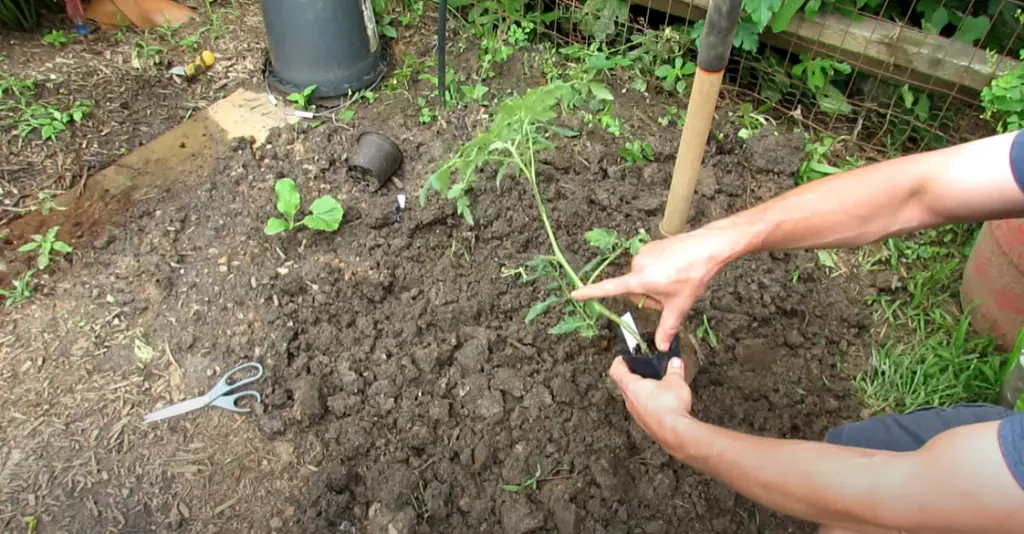
How to maintain garden plants without garden and tomato tones?
- Choose the right plants: With limited space and resources, selecting low-maintenance plants is a must. Look for varieties that don’t require heavy pruning or fertilizers, such as herbs, houseplants, succulents, and air-purifying plants like spider plants or rubber plants.
- Prune regularly: Even if you don’t have an outdoor garden, it’s important to remove any dead or dying leaves from your indoor plants to help keep them healthy. Make sure to check on them weekly and trim off any excess growth when necessary.
- Give plenty of light: Make sure to place your plants in a spot with ample sunlight for most of the day so they can photosynthesize and grow. If your space doesn’t have much natural light, you may want to consider getting a Grow Light.
- Water properly: Overwatering is one of the most common mistakes when it comes to indoor plants – so only water them when the soil is dry. To check if they need watering, stick your finger in the soil up to the first knuckle – if it feels damp, wait a few days before adding more water.
- Fertilize occasionally: For maximum health benefits, treat your plants with a liquid fertilizer every few weeks or months depending on their specific needs (check online for advice). This will help ensure that they get all the nutrients they need without having to rely on soil-based fertilizers.
- Monitor the temperature and humidity: Most plants thrive in temperatures between 65-75 degrees F, so be sure to keep your indoor space at a comfortable level for them. Also, make sure to monitor the humidity of your space – many plants require high levels of humidity to survive, so you may need to invest in a humidifier if necessary.
- Use natural pest control solutions: Although it’s hard to avoid pests indoors, you can use natural solutions like neem oil or insecticidal soaps to help keep them under control without harming your plants or environment.
- Pay attention to signs of stress: Lastly, pay attention to any changes in your plants’ leaves or stems – if they start drooping, turning yellow, or developing brown spots, it might be a sign of stress and you should take the necessary actions to address it.
Following these steps will help ensure that your indoor plants stay healthy and happy without garden and tomato tones. With a bit of care and attention, you can have an indoor oasis that helps brighten up any space!
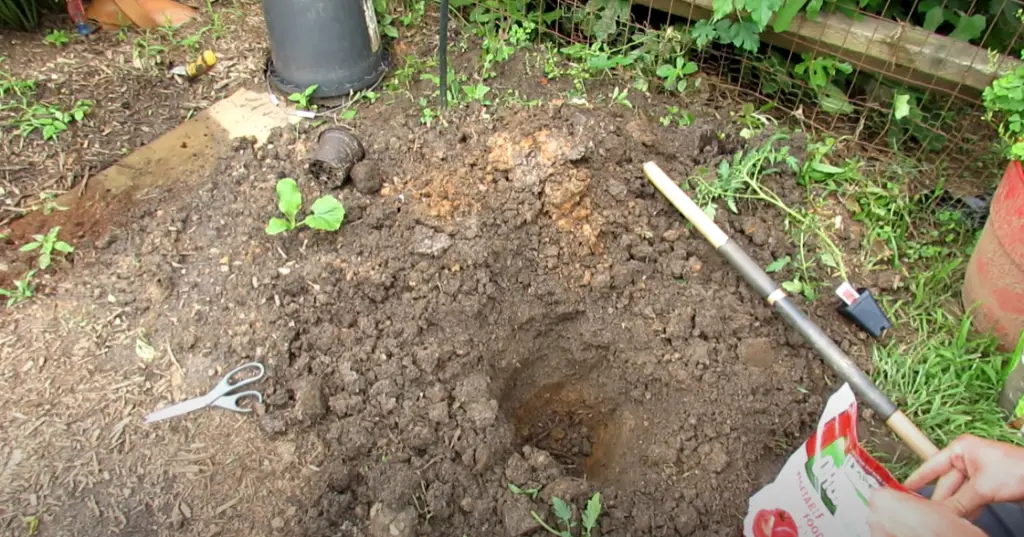
FAQ
Can tomato tone be used on other plants?
Yes, tomato tone can be used on other plants such as vegetables and flowers. However, the amount of fertilizer required may vary depending on the type of plant you are growing. It is recommended to consult a professional before using tomato tone for any plant other than tomatoes. Additionally, it is important to follow label instructions when applying tomato-tone fertilizer to any type of plant. This will ensure that your plants get the proper nutrients needed for healthy growth.
What is Garden-tone good for?
Garden tone is a complete plant food made specifically for gardens. It contains essential nutrients that help plants grow strong and healthy, including nitrogen, phosphorus, potassium, calcium, magnesium, and sulfur. Garden tone also helps to promote blooming and fruiting in your garden while keeping the soil balanced with beneficial microorganisms. Additionally, Garden-tone helps to condition the soil and reduce compaction which can lead to better water absorption and nutrient uptake by your plants.
How often should I fertilize my plants with tomato tone?
Tomato tone fertilizer should be applied every two weeks when tomatoes are actively growing. If you are using it on other types of plants, please consult a professional for specific instructions regarding application frequency. Additionally, it is important to follow label instructions for proper application and dilution. Too much fertilizer can damage plants, so be sure to use the recommended amounts when fertilizing your plants.
How often should I use garden tone?
Garden tone should be applied every 4-6 weeks when plants are actively growing. As with all fertilizers, it is important to follow the instructions on the label regarding proper application and dilution. Over-fertilizing can damage your plants, so always use the recommended amounts when applying garden tones. Additionally, it is a good idea to test your soil before using any type of fertilizer to ensure that it has the right pH balance for optimal plant growth.
Can I mix tomato tone and garden tone?
Yes, you can mix tomato tone and garden tone to provide extra nutrients for your plants. However, be sure to follow label instructions for proper application and dilution as too much fertilizer can be damaging to plants. Additionally, it is important to consult a professional for specific fertilizer requirements related to the type of plant you are growing.
Do I need to add lime with tomato tone?
No, you do not need to add lime when using tomato tone. However, it is recommended that you test your soil pH before applying any type of fertilizer or additive as different types of plants have differing needs in terms of pH balance. If necessary, adding a small amount of lime can help to bring the pH level back into balance and ensure that your plants get the nutrients they need for healthy growth.
What is the very best fertilizer for tomatoes?
Tomatoes require a balanced fertilizer that provides essential nutrients such as nitrogen, phosphorus, potassium, calcium, and magnesium. Tomato tone is specifically designed for tomatoes and is considered one of the best fertilizers for these plants. It also promotes blooming and fruiting and helps to condition the soil. Additionally, it contains beneficial microorganisms which help to keep the soil healthy and provide extra nutrition for your plants.
How often should I water my tomato plants?
Tomato plants should be watered deeply but infrequently to promote deep root growth. Depending on weather conditions and how much rain your area receives, you may need to water your tomato plants every few days or once per week. Be sure to check the soil before watering as over-watering can lead to root rot and other issues. Additionally, mulching your plants can help to maintain moisture levels and keep the soil from drying out too quickly.
How to plant tomatoes?
Tomatoes require well-draining, nutrient-rich soil and full sun for optimal growth. When planting tomatoes, dig a hole that is twice as wide and just as deep as the root ball of the tomato plant. Place the plant in the hole and fill in around it with soil, making sure to firmly press down so that there are no air pockets. Water thoroughly after planting and make sure to keep the soil consistently moist but not soggy while your plants are growing. Finally, add a layer of mulch on top of the soil to help retain moisture and reduce evaporation.
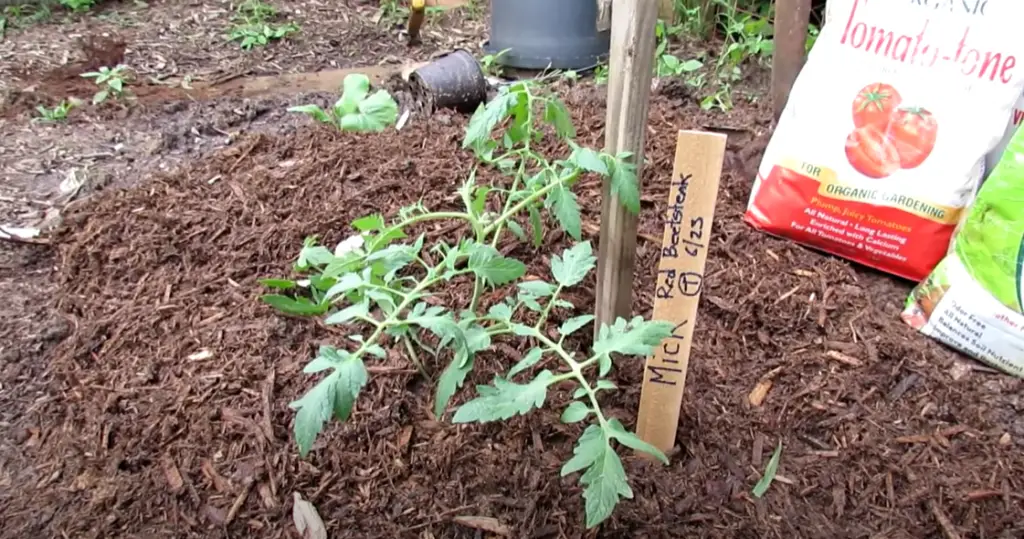
Does tomato tone have nitrogen?
Yes, tomato tone does contain nitrogen. This essential nutrient is important for promoting healthy foliage growth and overall plant development. Additionally, tomato tone also contains phosphorus, potassium, calcium, and magnesium which all help to ensure that your plants get the nutrition they need for thriving growth. As always, follow label instructions regarding proper application and dilution to ensure optimal results when using this fertilizer.
What plants can I use tomato tone on?
Tomato tone can be used on tomatoes, peppers, eggplants, and other vegetables in the nightshade family. It is also suitable for annuals, perennials, and shrubs. Tomato tone has a balanced formulation that helps to provide essential nutrients while also improving soil conditions. As always, it is important to consult a professional for specific fertilizer requirements related to the type of plant you are growing.
How long does tomato tone last?
Tomato tone remains viable in the soil for up to three months. Once applied, it will slowly release its nutrients as your plants need them. Make sure to follow label instructions regarding proper application and dilution as too much fertilizer can be damaging to plants. Additionally, you may want to re-apply after three months or whenever necessary to ensure that your plants are getting all of the nutrition they need.
Useful Video: Espoma Garden-Tone & Tomato-Tone
Conclusion
Tomato tone and garden tone are both useful in the garden. Tomatoes are used for both their flavor and nutrition, making them a versatile plant to have in any garden. Garden tone is a great nutrient boost that helps keep your plants healthy and happy. Both products can help you get the most out of your garden and create an abundant harvest. With these two products, gardening has never been easier! The key is to find the right balance between tomato tone and garden tone to make sure your plants will thrive in their environment while ensuring they receive all the essential nutrients they need to grow strong and healthy. Making use of both these products can give you gardens full of delicious fruits, vegetables, herbs, and flowers that will nourish you season after season.
References:
- https://www.cornerstoregarden.com/garden-blog/2020/5/1/spring-fertilizer-guide-organic-plant-tone-all-purpose-fertilizer
- https://wraxly.com/tomato-tone-vs-garden-tone/
- https://whyfarmit.com/garden-tone-vs-tomato-tone/





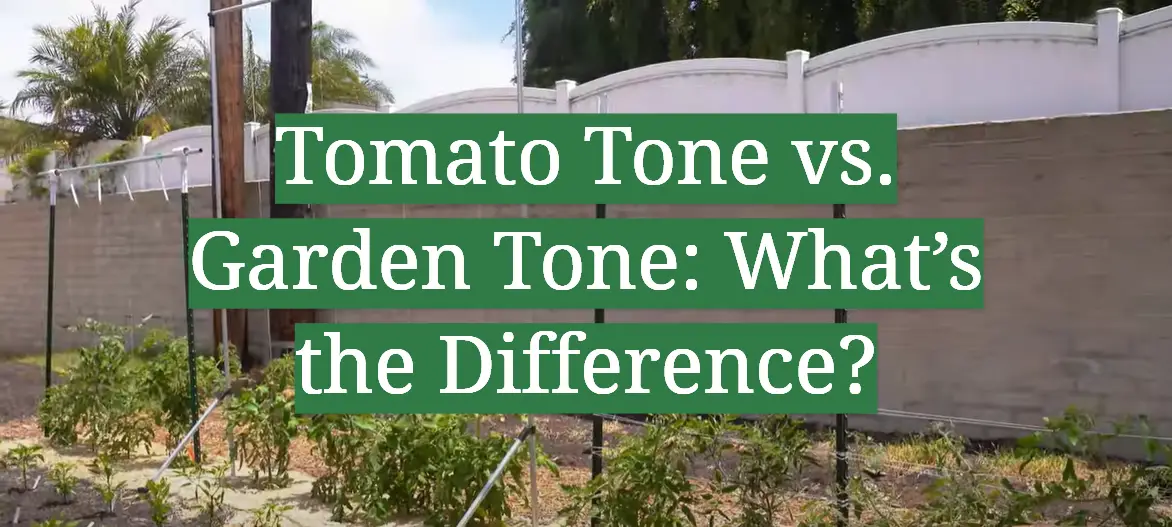
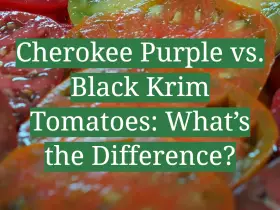
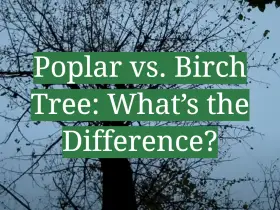


Leave a Reply
View Comments